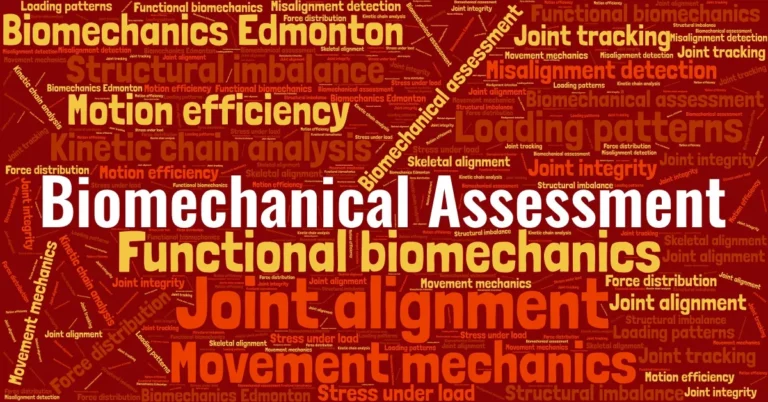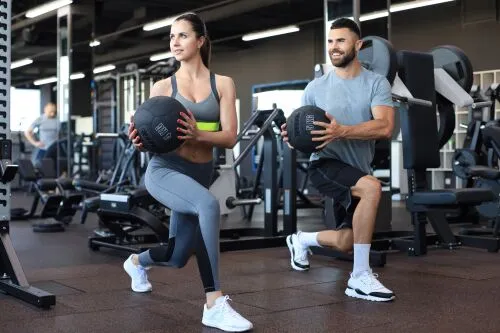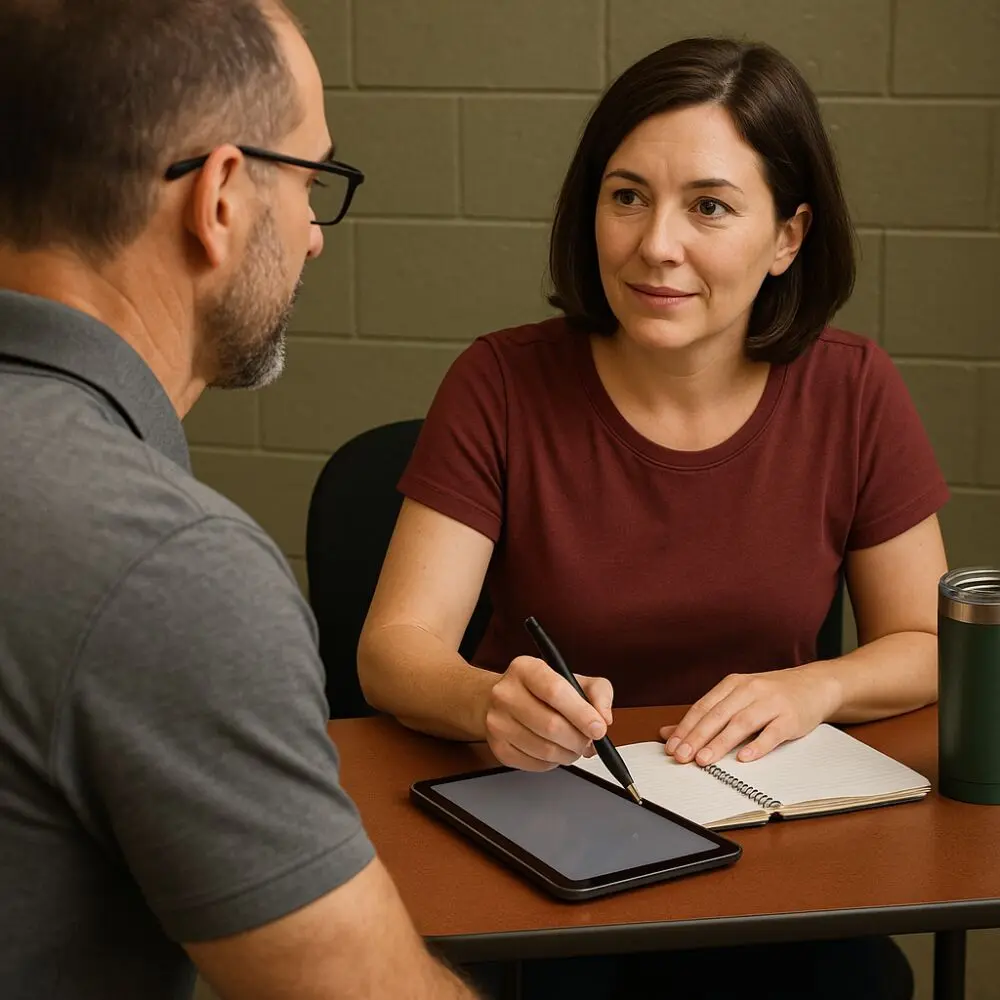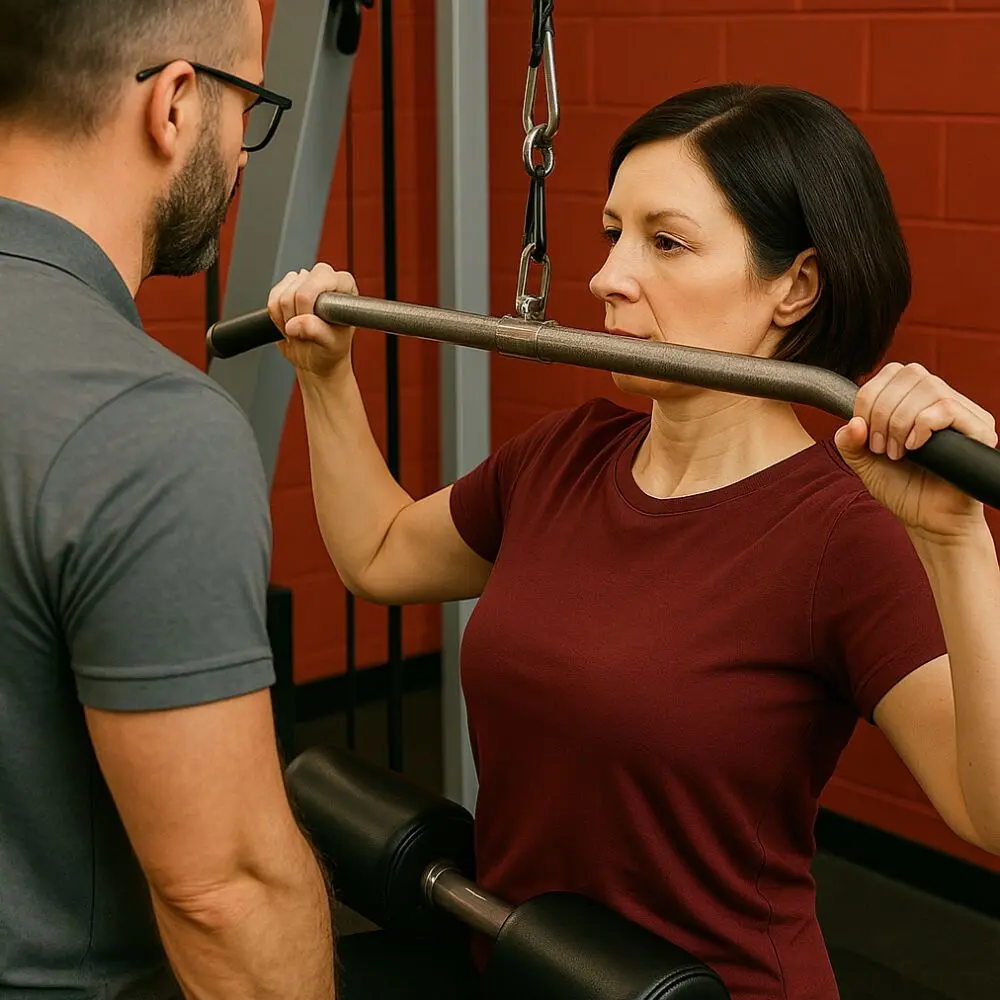Biomechanical Assessment for Pain, Posture & Performance
Biomechanical Assessment
Misaligned joints and inefficient movement can quietly sabotage your progress. A biomechanical assessment reveals how your body handles stress, where it’s compensating, and what needs to change. If you’re training through pain—or just not improving—this is where precision starts. Movement science, not guesswork.

Identify Joint Misalignments
See how your body moves under load—down to each joint’s alignment.
Correct the Root Cause
Address poor movement mechanics before they become chronic pain or injury.
Build Smarter Performance
Train with confidence knowing your patterns support—not limit—your goals.
What Is a Biomechanical Assessment?
Misalignment is an invisible barrier. Most people don’t realize their movement patterns are slightly off—until discomfort or injury shows up. Poor joint alignment and compensation happen subtly but stack up over time.
Without precise testing, you’re building strength over dysfunction. Biomechanical assessments uncover what your body’s really doing—so you can fix it, not just power through it.
- Joint stress often builds up gradually from poor alignment and isn’t obvious during daily movement.
- Most training plans skip testing entirely, assuming all bodies move “well enough.”
- Without addressing movement inefficiencies, progress stalls—or worse, pain becomes the norm.


How We Test Movement Mechanics
Biomechanical assessments use movement science to uncover stress points—so we’re not guessing where your problems start. Every joint, position, and compensation gets evaluated through dynamic, real-life movement. This gives us a map of how your body distributes load and where it’s likely to break down. Whether you’re recovering from pain, training for performance, or improving posture, this data shows what’s holding you back.
We’re not just “watching your form.” We’re analyzing how your kinetic chain performs under load: how your hips stabilize, your knees track, your spine aligns, and how compensations travel from one area to another. This isn’t about perfection—it’s about functional integrity.
Here’s what we evaluate:
-
Joint Alignment → Are hips, knees, and ankles stacked properly during movement?
-
Stability Under Load → Does your body maintain position when challenged?
-
Kinetic Chain Symmetry → Are both sides working evenly or overcompensating?
-
Range and Efficiency → Are motions clean and repeatable, or shaky and restricted?
Biomechanical testing helps us catch problems early—before they turn into pain or poor results.
What is a biomechanical assessment used for in kinesiology?
A biomechanical assessment is used to evaluate how your joints move, track, and transfer load—so we can detect movement dysfunction before it causes pain or injury.
-
Identifies joint misalignment and abnormal stress patterns
-
Evaluates kinetic chain efficiency and coordination
-
Reveals structural imbalances, overuse risks, or poor loading strategies
-
Provides objective data to guide corrective plans or training progression
📌 Think of it as your movement x-ray—showing how your body handles force in real life.
-
How do kinesiologists test for movement dysfunctions during a biomechanical assessment?
Kinesiologists observe movement under load, assess joint range, and look for compensations or faulty alignment across the kinetic chain during targeted movements.
-
Movements are performed slowly or under resistance to observe control
-
Joints are analyzed in motion (not just statically) for range and tracking
-
Mechanical loading patterns are tested for asymmetry or excess strain
-
Dysfunction is flagged based on timing, angle, and deviation from optimal form
📌 We’re not guessing—we’re diagnosing movement mechanics that could be sabotaging your performance.
-
What problems can a biomechanical assessment detect?
Biomechanical assessments can detect misaligned joints, poor posture, muscle imbalance, gait issues, and movement faults that lead to pain or injury.
-
Joint misalignment or instability
-
Compensation patterns in squats, lunges, steps, or reaches
-
Poor mechanical loading across hips, knees, spine, or shoulders
-
Dysfunctional movement habits that limit training or performance
📌 It’s not just “how you move”—it’s where things break down under stress.
-
A Simple 3 Step Process
No Guesswork, just results
Getting started is simple – your assessment begins with how your joints move under pressure. From there, we identify what’s off, what’s overcompensating, and what needs support—so we can create a precise plan that improves performance and prevents injury.
Choose the Assessment That Fits You Best
tools that actually tell us something
Understanding how your body moves is step one. These science-backed assessments reveal dysfunction, imbalance, or asymmetry—so your program is based on facts, not guesses.
Comprehensive Movement Assessment
Core Stability Assessment
Postural Assessment
Gait Analysis
Functional Movement Assessment
Muscle Activation Testing
You're in Skilled, Science-Backed Hands
If you’re dealing with nagging pain or feel like your form falls apart under load—you’re not alone. I’ve worked with clients who kept pushing through discomfort, only to end up stuck, frustrated, or sidelined. That’s usually a sign something deeper is going on with how your body moves.
As a Registered Kinesiologist with over 15 years of experience, I use biomechanical assessments to identify the root causes—not just the symptoms. We’ll look at how your joints track, how your posture affects alignment, and how force flows through your body. This gives us the clarity we need to build a smarter strategy—so you can move better, train safer, and finally feel like your body’s working with you, not against you.





